Can a Bad Battery Throw Codes?
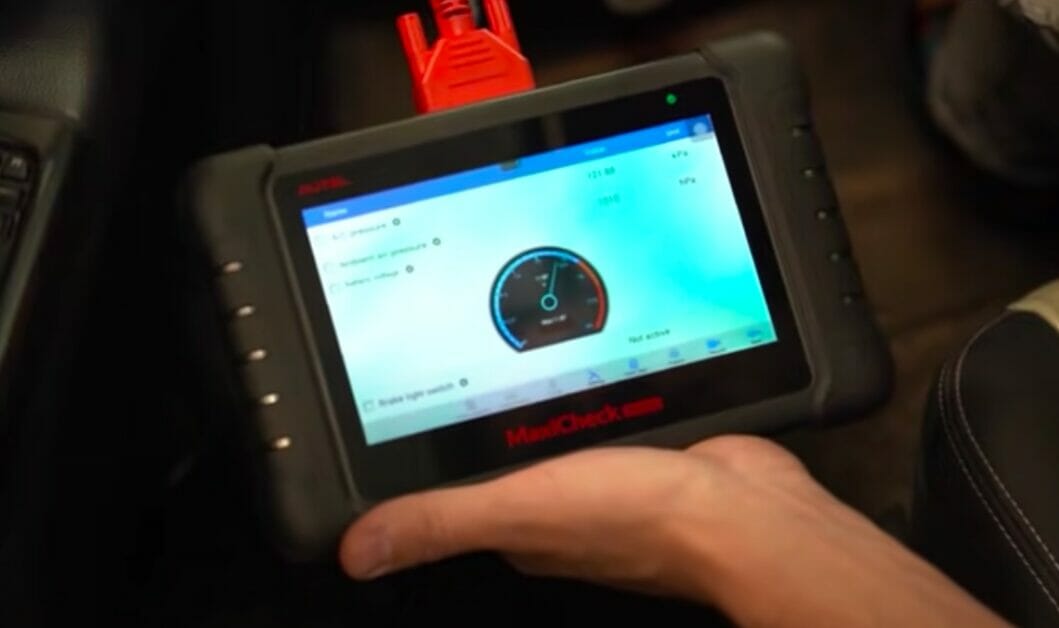
Have you ever had a check engine light come on in your car, but you couldn’t figure out what was causing it? One possible culprit could be a bad battery.
Yes, you read that right – a bad battery can throw codes and cause your check engine light to illuminate. In some cases, a bad battery can even cause incorrect error codes to be thrown by the computer, leading to confusion and frustration for drivers.
But don’t worry – diagnosing and fixing a bad battery is usually straightforward.
In this article, I’ll dive deeper into whether a bad battery can throw codes and what you can do to prevent and address battery-related issues in your car. So buckle up, and let’s get started!
What Are Diagnostic Trouble Codes?
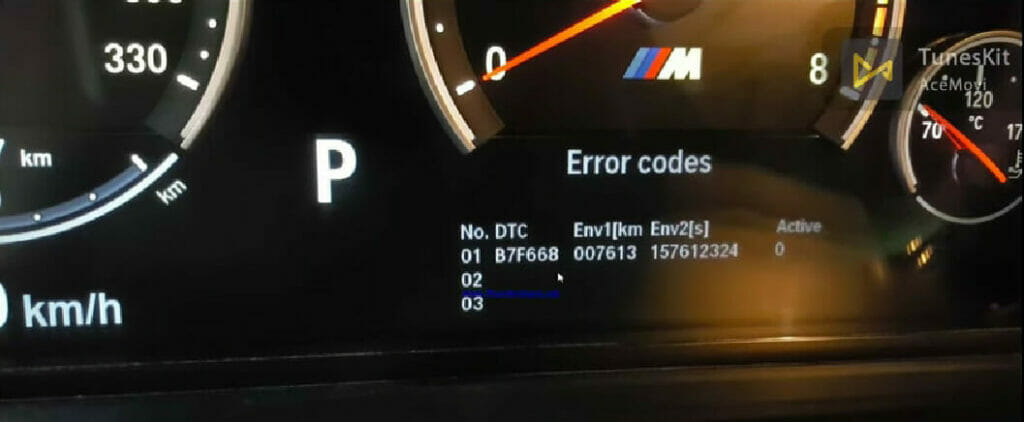
As a car owner, you’ve probably seen the check engine light come on at some point. This light is an indicator that something is not right with your vehicle.
However, it doesn’t tell you what specifically is wrong. That’s where Diagnostic Trouble Codes (DTCs) come in.
DTCs are codes generated by your car’s onboard diagnostic system (OBD) that help identify the specific issue causing the check engine light to come on.
These codes are a combination of letters and numbers that provide information about the malfunctioning system or component.
In addition, not all DTCs are created equal. Some codes are considered critical and require immediate attention, while others are less urgent and can be addressed later.
Can a Bad Battery Throw Codes?
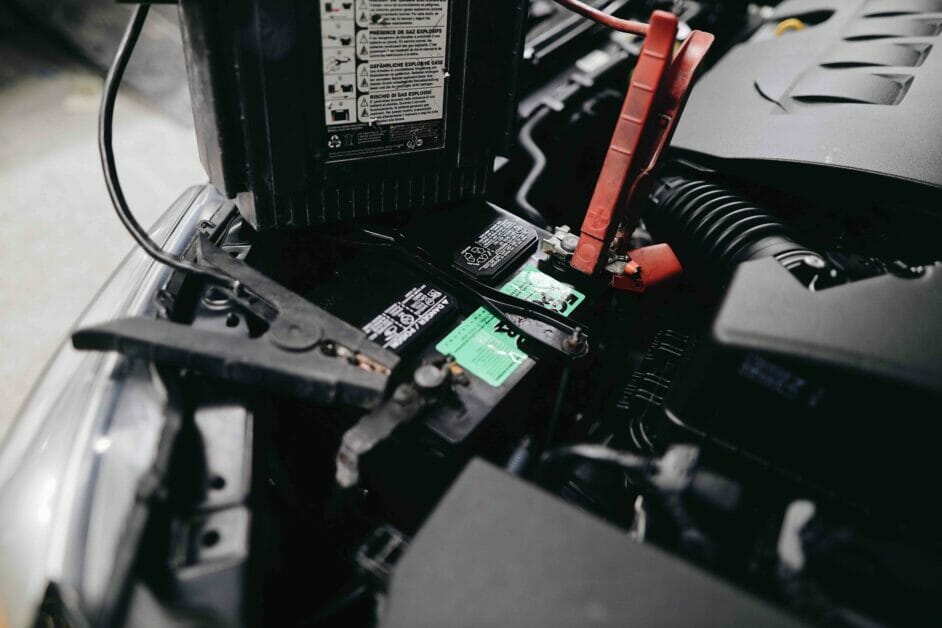
The answer is yes, it can. In this section, I will explain how a bad battery can cause codes and the symptoms that indicate a bad battery. But first, let’s get into some common diagnostic trouble codes.
Common Diagnostic Trouble Codes for Bad Batteries
In some cases, a bad battery can cause computer problems in the car and lead to incorrect error codes being thrown by the computer. Some common DTCs that a bad battery can cause include:
| Diagnostic Trouble Code | Description |
|---|---|
| P0562 | Battery Voltage Low |
| P0563 | Battery Voltage High |
| P0300-P0399 | Engine Misfire Codes |
| P0700-P0799 | Transmission Shifting Codes |
| U0100-U0299 | Communication Codes |
| C1200-C1399 | ABS System Codes |
| U1000-U1199 | Network Communication Codes |
| P2500-P2599 | Charging System Codes |
If you’re seeing any of these codes, it’s possible that your battery is the culprit.
However, it’s important to note that these codes can also be caused by other issues in your vehicle. We’ll get into that later in this article.
Symptoms of a Bad Battery
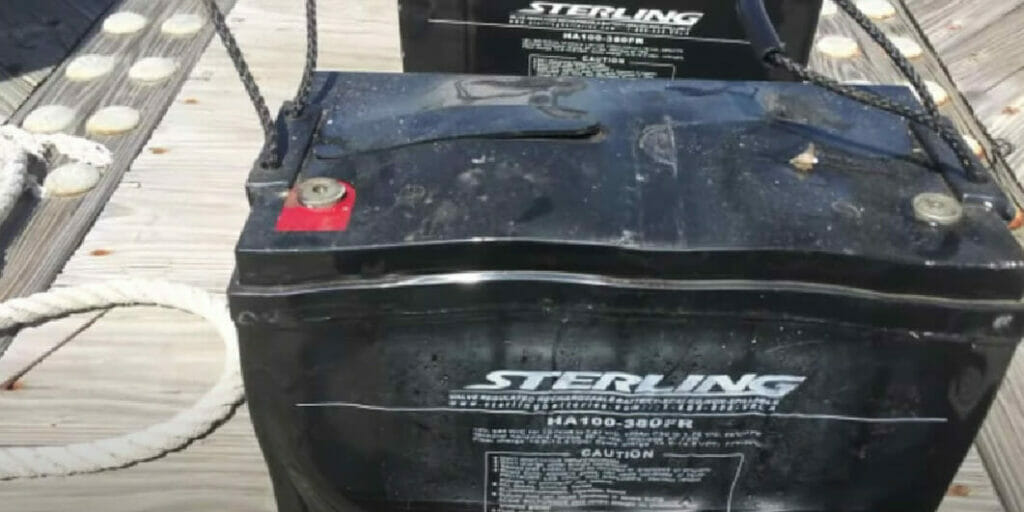
Before diving into how a bad battery can cause codes, let’s look at some symptoms that indicate a bad battery. If you experience any of the following, it’s time to check your battery:
- Slow engine crank
- Dimming headlights
- Battery Case is Swollen
- Electrical issues such as flickering lights or malfunctioning power windows
- Unusual smells coming from the battery
- Corrosion on the battery terminals
If you notice any of these symptoms, it’s best to have your battery checked by a professional. A bad battery can cause a lot of problems, including throwing codes.
How a Bad Battery Can Cause Codes
A battery is an essential part of a car’s electrical system. It supplies power to the starter motor to crank the engine and powers the vehicle’s electrical system when the engine is off.
If the battery is weak or dead, it can cause various issues, including throwing codes. As such, a weak battery can cause voltage fluctuations, confusing the car’s computer and causing it to throw codes.
Another way a bad battery can cause codes is by putting a strain on other electrical components in the car.
If the battery is not providing enough power, other electrical components may have to work harder, which can cause them to malfunction and throw codes.
Recommended Actions if a Bad Battery Throw Codes
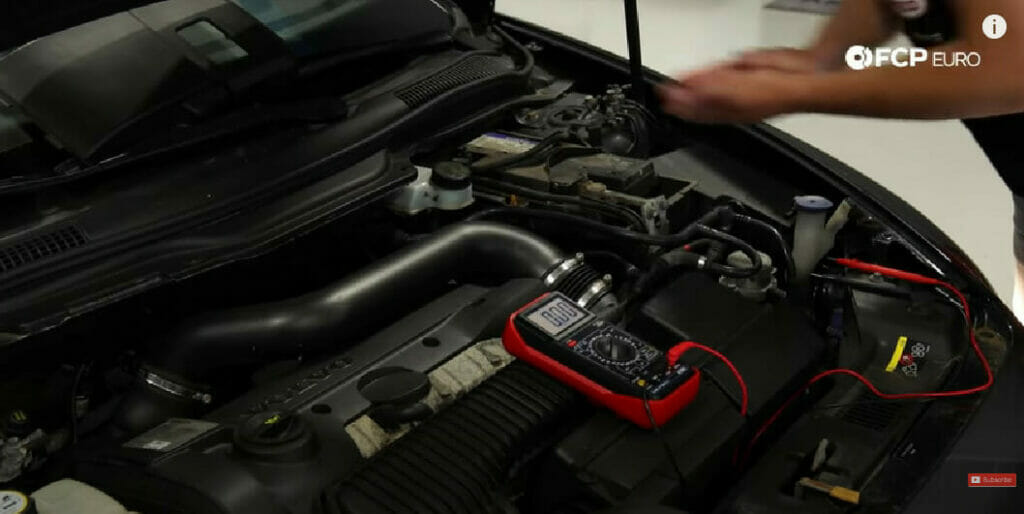
| Recommended Actions | Description | Consequences of Ignoring |
|---|---|---|
| Check Battery Voltage | Use a multimeter to measure the voltage of the battery. If the voltage is below the ideal range, the battery may need to be recharged or replaced. | Reduced performance, difficulty starting the vehicle, increased risk of a breakdown. |
| Test Alternator | Use a voltmeter to measure the voltage output of the alternator. If the voltage is below the ideal range, the alternator may fall and should be replaced. | Reduced battery life, difficulty starting the vehicle, increased risk of a breakdown. |
| Inspect Battery Terminals and Connections | Check the battery terminals and cables for signs of corrosion or damage. Clean or replace any corroded or damaged parts. | Poor electrical connections, difficulty starting the vehicle, increased risk of a breakdown. |
| Test Battery Capacity | Use a battery load tester to measure the battery’s capacity. If the capacity is below the ideal range, the battery may need to be replaced. | Reduced performance, difficulty starting the vehicle, increased risk of a breakdown. |
| Replace Battery | If the battery is found to be defective or has reached the end of its lifespan, it should be replaced with a new battery of the correct type and size. | Reduced performance, difficulty starting the vehicle, increased risk of a breakdown. |
It’s important to note that these actions may vary depending on the specific diagnostic trouble code (DTC) that is triggered, as well as the make and model of the vehicle.
Always consult the vehicle’s owner’s manual or a qualified mechanic for specific instructions and recommendations.
How to Prevent Diagnostic Trouble Codes
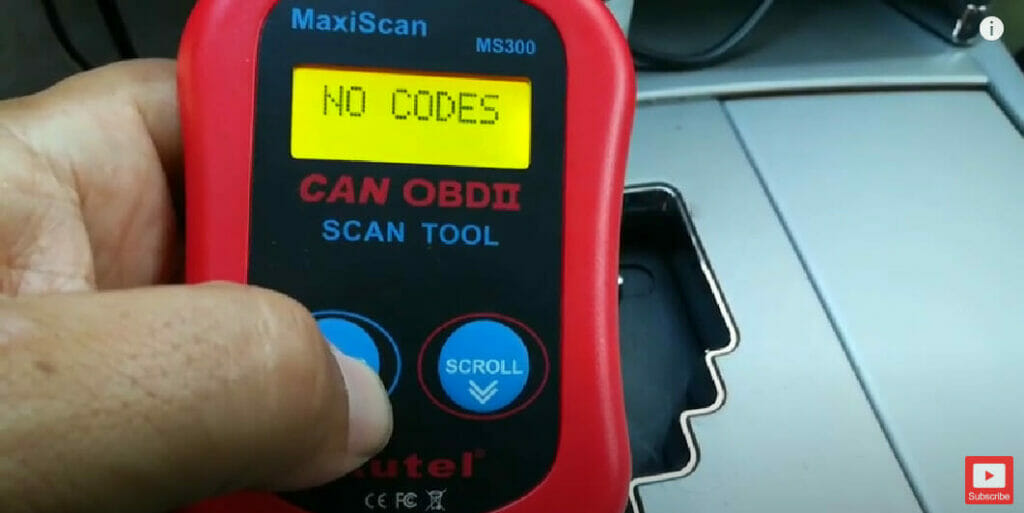
With some regular maintenance and proper battery care, you can prevent these issues from happening. Here are some tips that have helped me keep my car running smoothly.
Regular Maintenance
Regular maintenance is key to preventing diagnostic trouble codes. Schedule regular check-ups with your mechanic to catch any potential issues before they become bigger problems.
During these check-ups, your mechanic can run diagnostic tests and check the battery’s voltage to ensure it’s functioning properly.
Additionally, keep up with regular oil changes and filter replacements. A dirty air filter can cause the engine to work harder, draining the battery faster.
By keeping up with regular maintenance, you can prevent these issues from occurring.
Proper Battery Care
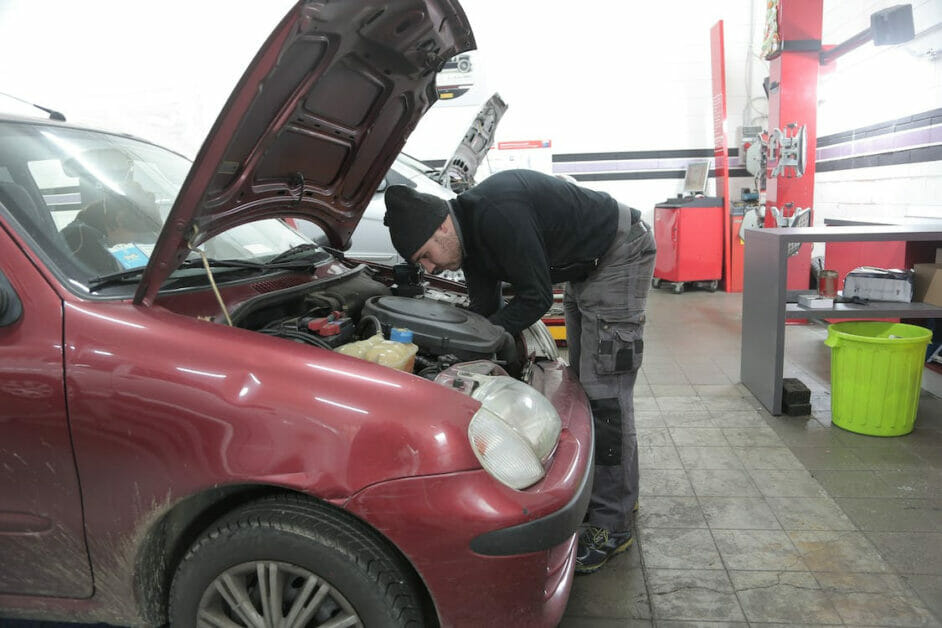
Proper battery care is also important in preventing diagnostic trouble codes. Here are some tips to keep your battery functioning properly:
- Keep the battery terminals clean and free of corrosion. Use a wire brush to remove any buildup.
- Check the battery’s water level regularly. If it’s low, add distilled water to the appropriate level.
- Ensure the battery is securely fastened to prevent any vibrations that can damage the battery.
- Avoid leaving the car parked for long periods without starting it. This can cause the battery to drain and potentially lead to diagnostic trouble codes.
Following these tips for regular maintenance and proper battery care can prevent diagnostic trouble codes and keep your car running smoothly. Remember, prevention is key to avoiding costly repairs down the road.
Other Causes of Diagnostic Trouble Codes
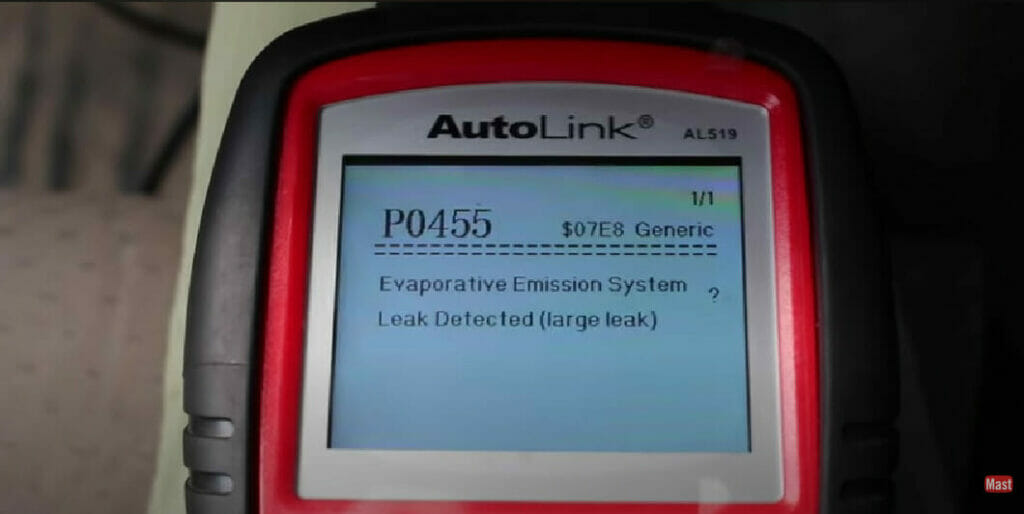
As I mentioned earlier, a bad battery can be one of the causes of a diagnostic trouble code. However, several other reasons your vehicle’s OBD system may generate a code exist.
This section will discuss some of the most common causes of diagnostic trouble codes.
Faulty Sensors
A faulty sensor is one of the most common causes of diagnostic trouble codes.
Your vehicle’s OBD system relies on various sensors to monitor the performance of different systems, such as the engine, transmission, and emissions.
If one of these sensors fails, it can cause the OBD system to generate a code.
For example, a faulty oxygen sensor can cause the OBD system to generate a code related to the emissions system.
Similarly, a faulty mass airflow sensor can cause the OBD system to generate a code related to the engine’s performance.
Wiring Issues
Another common cause of diagnostic trouble codes is wiring issues.
The sensors in your vehicle are connected to the OBD system through wiring. If there is a problem with the wiring, it can cause the OBD system to generate a code.
For example, if the wiring to the oxygen sensor is damaged, it can cause the OBD system to generate a code related to the emissions system.
Similarly, if the wiring to the mass airflow sensor is damaged, it can cause the OBD system to generate a code related to the engine’s performance.
Software Malfunctions
Your vehicle’s OBD system relies on software to interpret the data from the sensors and generate codes. If there is a problem with the software, it can cause the OBD system to generate a code.
For example, if a bug in the software interprets the data from the oxygen sensor, it can cause the OBD system to generate a code related to the emissions system.
Similarly, if a bug in the software interprets the data from the mass airflow sensor, it can cause the OBD system to generate a code related to the engine’s performance.
That being said, a bad battery can be one of the causes of a diagnostic trouble code, but there are several other reasons why your vehicle’s OBD system may generate a code.
Nevertheless, if you have a diagnostic trouble code, it’s recommended to have it diagnosed and repaired by a qualified mechanic to ensure the safety and reliability of your vehicle.
Wrapping Up
Without a doubt, a bad battery can throw codes and cause various issues in a vehicle’s electronic system.
The battery plays a vital role in powering the vehicle’s electronic components, and if it’s not functioning correctly, it can cause the car’s computer system to misinterpret signals and generate error codes.
These error codes can be misleading and cause mechanics to waste time and money trying to fix the wrong component.
Therefore, it’s essential to check the battery’s condition regularly and replace it promptly if it’s not functioning correctly to avoid these issues.
In summary, a bad battery can indeed throw codes and cause various problems in a vehicle’s electronic system, making it crucial to ensure the battery is in good condition.
Resources
Organizations:
- Battery Council International (BCI): https://batterycouncil.org/
- Automotive Service Association (ASA): https://asashop.org/
Books:
- “Automotive Diagnostic Fault Codes Manual” by Charles White
Video References
Automotive Engineering
PetrolHead
FCP Euro
RANDOMFIX
milanmastracci
